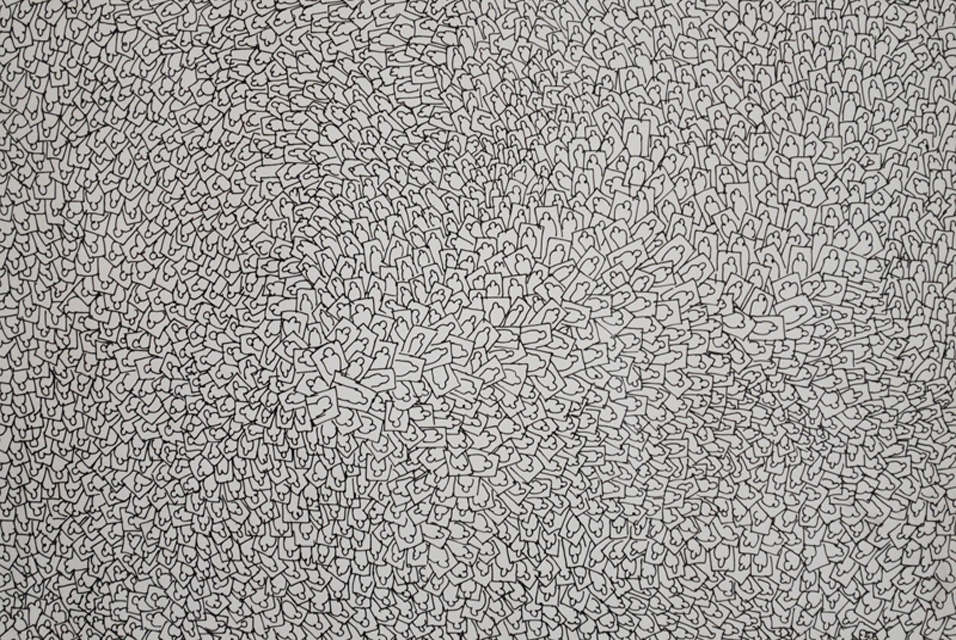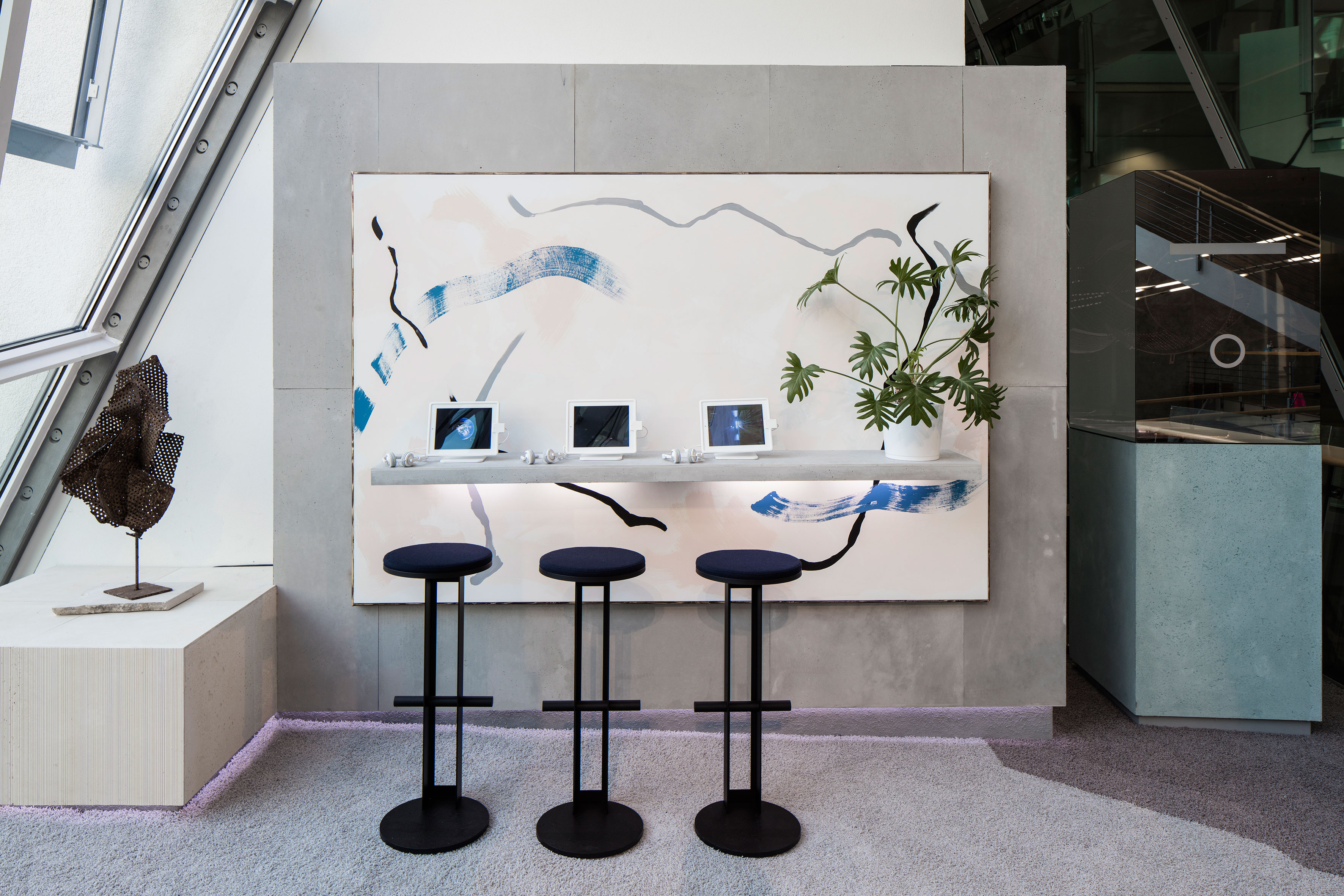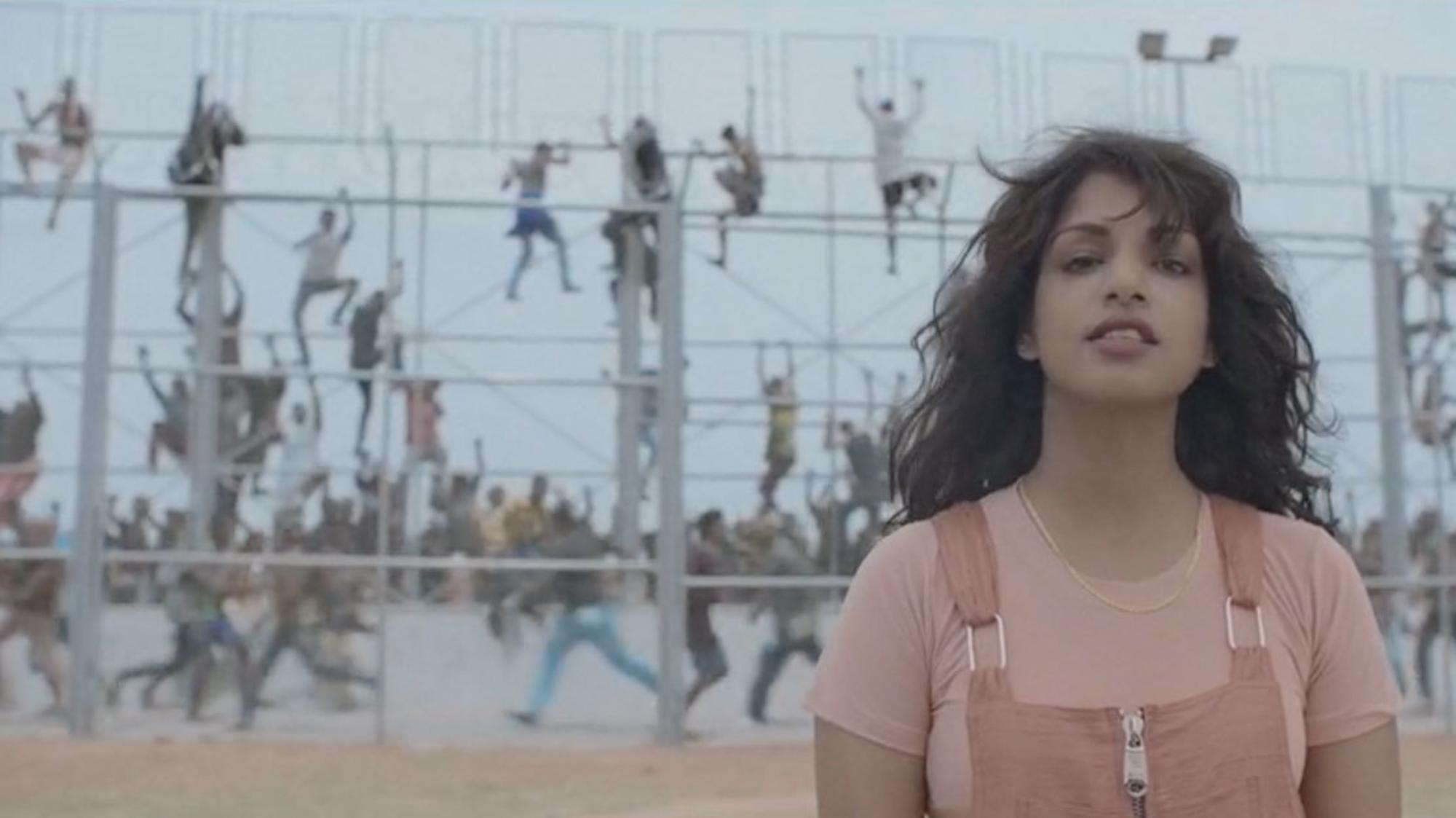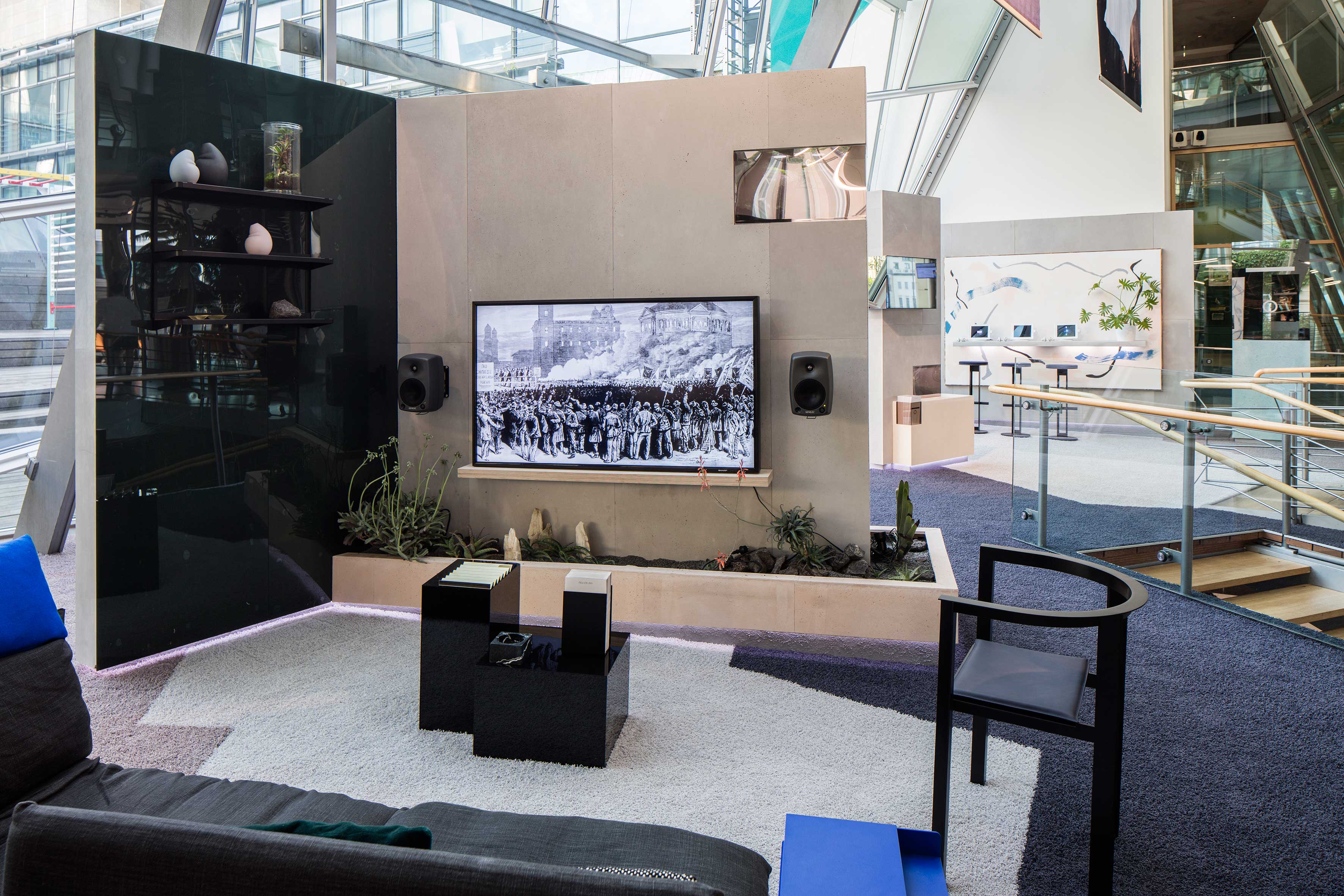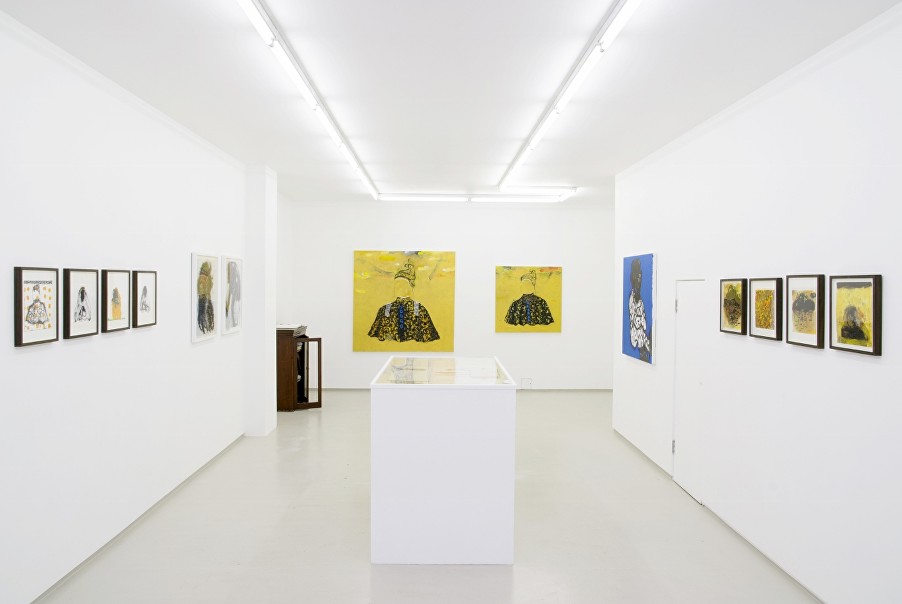I’ve been feeling uplifted lately. I know that sounds parochial, given the horrendous state of the world. But I’m excited by the access to new areas of black culture going on in England at the moment.
I feel inspired by the work of black Brits like Ekow Eshun (who just unveiled an exhibition on black dandyism at The Photographer’s Gallery) or Renee Mussai, a curator at Autograph ABP who promote black photographers and provide brilliant educational and archival resources. I enjoy the work of artist and writer Hannah Black — especially on Twitter – who is, incidentally, performing at London’s ICA tomorrow evening with Bonaventure.
As a half-English, half-Sri Lankan, growing up in a very white suburb in the Southwest where Dad was the only brown person in the village, there was no notion of a Diaspora culture, and no opportunity to encounter other Sri Lankans outside my family. Sri Lankans have been migrating to the UK for several generations, yet I couldn’t even comfortably call myself Sri Lankan; it wouldn’t mean too much to most people in any case. We were proud of our Sri Lankan roots but it wasn’t a desirable asset to be mixed race in Wiltshire in the 1990s, it just meant you had shit hair. When I was ten I remember being secretly delighted at being called a paki, because at least someone had noticed that I had a South Asian heritage. Another highlight was being asked if I ate turkey curry instead of roast for Christmas lunch.
I’ve always admired the way that black people have worked to define their own culture, create their own spaces and research their histories. While reading the recent M.I.A debacle over her headline bill at this year’s Afropunk festival I started to wonder again why the British Sri Lankan culture is so underdeveloped and underexposed. There are supposed to be more than half a million of us living in the UK alone, one of the most significant Diaspora populations of Sri Lankans anywhere. M.I.A is hardly the person I’d want to elect as a spokesperson, as indelicate as she is controversial (though, at least since she broke onto the scene more people have now actually heard of Sri Lanka). It does seem erroneous to put a brown lady on the line-up at a black cultural event. But the real question for me, and one that seemed to be missing from the whole debate was, why there isn’t an established, self-initiated and independent cultural space for and by us? In the Manichean point of view that is prevalent in the media, brown and brownish people don’t have a position. Where do we belong? M.I.A completely muffed up her argument, but I couldn’t help but feel that rather than being annoyed at Black Lives Matter, she’s envious that there’s n0 equivalent form of activism happening in the South Asian community in Europe or the US.
Part of the issue, I feel, is that there is barely any attention paid to Sri Lankan culture happening in Sri Lanka, so there’s hardly much motivation for understanding the position of Sri Lankan heritage in the west. Despite the colonial project that saw Portugal, Holland and Britain govern Sri Lanka for centuries, it was never mentioned in history lessons at school. Of course, another issue is that many people who start a new life in a new place want to just get on with it, assimilating the new culture and forgetting the old one as quickly as possible.
I’ve also got on with it, but I’ve kept my eyes determinedly open for other Sri Lankans working in culture here in the hope that one day there might be enough of us to do something of our own, that speaks to the specificity of our own experiences. Until a few years ago, the only prominent Sri Lankan person I met was Mohammed, who sold string hoppers and lamprais at his stand in Brick Lane. We became good friends of course although his scenario was wildly different to my own (he had fled during the Civil War, when the Tamil Tigers tried to recruit him). Paul Gilroy wrote that ‘neoliberalism loves diversity’, yet in the visual arts interest in Sri Lanka remains scant. The teardrop of India is known for surfing and for the world’s first elephant orphanage, not for its post-2009 contemporary art boom or for the Colombo Biennale, whose 4th edition opens in November this year (and whose theme is, aptly, ‘Conceiving Space’).
Josephine Breese is a writer, curator and co-director of Breese Little gallery, London who has spent a lot of time in Sri Lanka, and is among the few dedicated to raising its profile abroad. Breese and Saskia Fernando organised a comprehensive survey of 15 Sri Lankan artists at Asia House in 2011, and Breese Little is one of the only galleries in the UK to present contemporary Sri Lankan art, in an ongoing collaboration with Saskia Fernando Gallery, Colombo. Breese also writes about Sri Lankan art for international art publications, filling in huge gaps in the trajectory of the country’s art history and its current concerns. It’s a significant step, but it’s still only a drop in the Indian Ocean.
Christopher Kulendran Thomas is possibly the only Sri Lankan-born, London-bred artist making an impact in Europe now. His work contextualizes, markets and promotes contemporary Sri Lankan artists within his own art. His latest installation at the Berlin Biennale, New Eelam for example, includes artworks by contemporary Sri Lankan artists, hung on the walls of an ‘experience suite’, while other elements such as a speculative film highlight the recent and traumatic history of Sri Lanka from the Tamil perspective and proposes the new possibilities that could emerge out of failed ones.
I met M.I.A’s parents once. I was hanging around an East London gallery where her sister – an artist – was hanging an exhibition. I told them I was also Sri Lankan and they asked where my grandparents were from. I said Galle, and they nodded with a slight air of disapproval. I guessed that was because we were not Tamil, but Burgher. The definition of Sri Lanka has its own pandora’s box of identity questions. Perhaps, if there were more Sri Lankan voices in contemporary culture I would feel less solidarity and see more divides.
